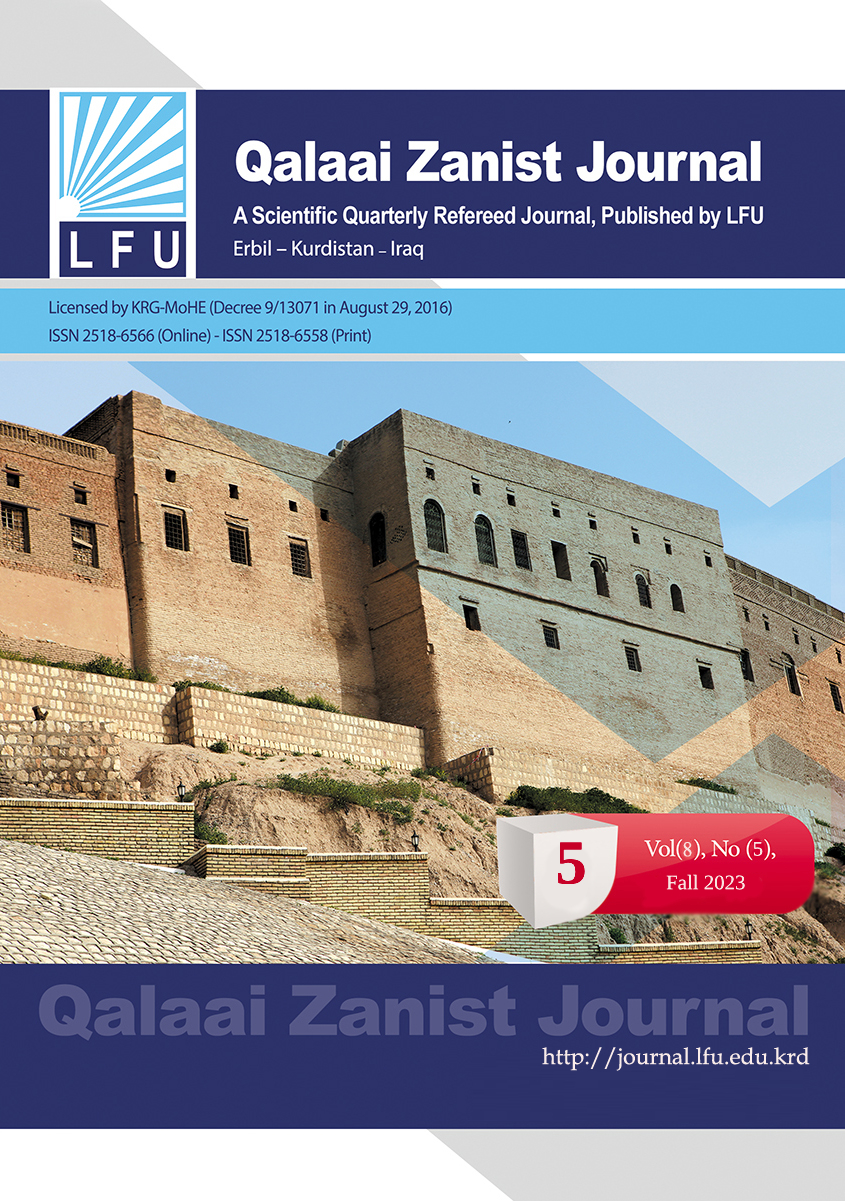Proposed A Web-Based Intelligent System to Manage the Blood Bank in Zakho District
##plugins.themes.bootstrap3.article.main##
الملخص
Due to the difficulty and rarity of the data tab in blood banks, information is often lost or forgotten. Because of this, it is important to have a number of different types of blood and know the total number of blood donors, as well as the number of units of blood imported and exported daily, monthly, or yearly
A web-based intelligent system is a web site that was created to manage the Zakho blood bank by using middleware languages like PHP that were used as transformer languages between MySQL databases as well as back-end web languages like HTML, CSS, and JavaScript that power up the front end, thus accelerating the management of blood import and export and accurately tabulating the blood donors' profiles so hospitals can get facilities that reduce the emergency cases that occur.
Machine learning, deep learning, and an algorithm based on long short-term memory (LSTM) and based on time series have been used to predict an estimation of red blood cells (RBC) for periods (weekly, monthly, and yearly) that facilitate attracting the donors and importing and exporting the amount of blood that is needed in the future, and the algorithm produced these results (MAPE 3.259, MSE is 0.001, MAE is 0.031, RMSE is 0.042, and R-Squared is 0.913)
التنزيلات
بيانات التنزيل غير متوفرة بعد.
##plugins.themes.bootstrap3.article.details##
إصدار
القسم
Articles
كيفية الاقتباس
Mohammed Ramadhan, & Adel Al-zebari. (2024). Proposed A Web-Based Intelligent System to Manage the Blood Bank in Zakho District. QALAAI ZANIST JOURNAL, 8(5), 1247–1263. https://doi.org/10.25212/lfu.qzj.8.5.46

هذا العمل مرخص بموجب Creative Commons Attribution-NonCommercial-ShareAlike 4.0 International License.
Qalaai Zanist Journal allows the author to retain the copyright in their articles. Articles are instead made available under a Creative Commons license to allow others to freely access, copy and use research provided the author is correctly attributed.
Creative Commons is a licensing scheme that allows authors to license their work so that others may re-use it without having to contact them for permission





